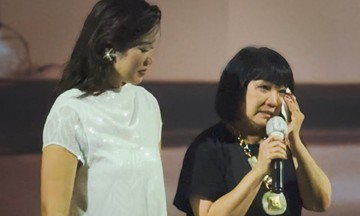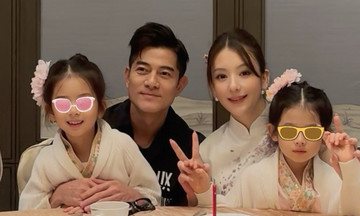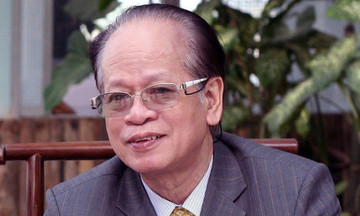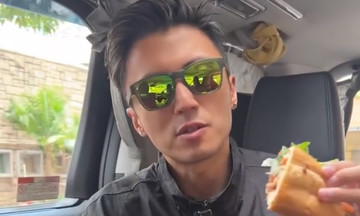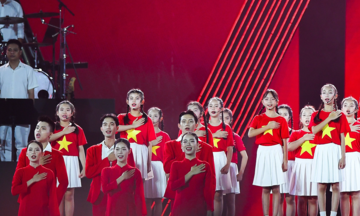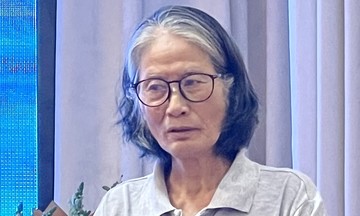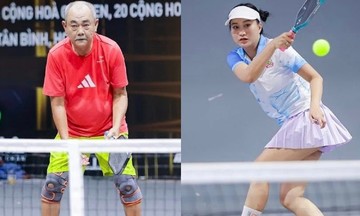According to the box office tracking website Kogyo Tsushin, the 33rd crayon shin-chan film, "crayon shin-chan: blazing! the irresistibly delicious kasukabe dancers," which premiered on 8/8, held the fifth spot in the Japanese box office for two consecutive weeks. The film, which revolves around Shin and his friends' adventures in India, attracted 363,000 viewers in its first three days, generating 450 million yen (over three million USD) in revenue.
Building on the success of the manga series, the crayon shin-chan animated series debuted in 1992. Initially, it sparked controversy due to its perceived objectionable and inappropriate content. However, this controversy ironically fueled the show's popularity, particularly among children.
This unexpected success prompted the franchise to adjust its content. In the first crayon shin-chan movie, "crayon shin-chan: action kamen vs haigure maoh," the insensitive elements were toned down. The film focused on character development and conveyed messages about family and friendship. It grossed 2.2 billion yen (19.8 million USD), paving the way for annual film releases.
The franchise's appeal stems from Shin's unique personality. His seemingly mischievous and quirky behavior actually originates from a child's innocence and sincerity. This naive perspective leads him to behave in unpredictable ways, creating humor for the audience.
The films emphasize family values by portraying Shin's parents as loving and devoted. Furthermore, the family's conflicts over daily life, finances, and parenting resonate with many viewers.
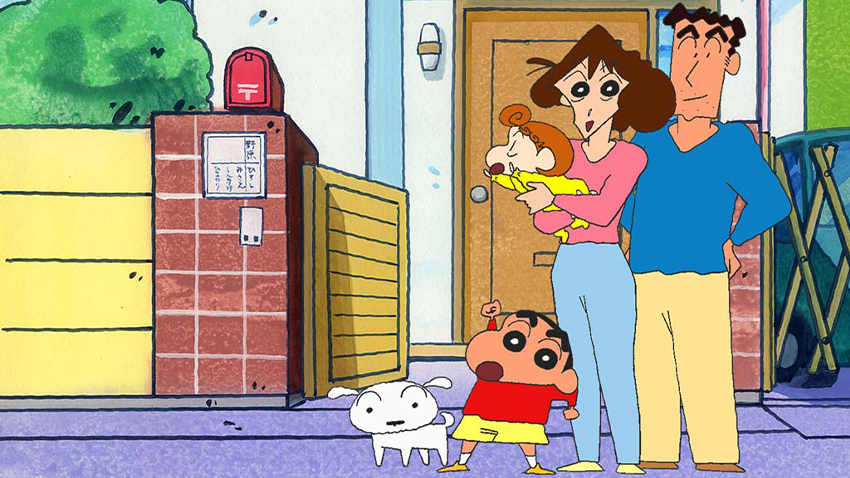 |
Shin's family is considered an ideal family model in Japan. Photo: TV Asahi |
The films are adapted from the long stories by author Usui Yoshito. In each installment, Shin, his family, and friends embark on fictional adventures, facing larger obstacles than everyday conflicts. Compared to the TV series, the films delve deeper into the characters' psyches, portraying the growth of Shin and those around him through each event.
The franchise also successfully blends entertainment with social commentary. "crayon shin-chan: honeymoon hurricane ~the lost Hiroshi~" addressed economic hardships and the impact of the pandemic. The following installment explored environmental issues and the global ecosystem.
The production team incorporates elements from various cultures to appeal to international audiences. The 26th film, directed by Takahashi Wataru, showcased Chinese martial arts through Kung Fu. In the latest project by director Hashimoto Masakazu, Indian culture is conveyed through cuisine and traditional dance.
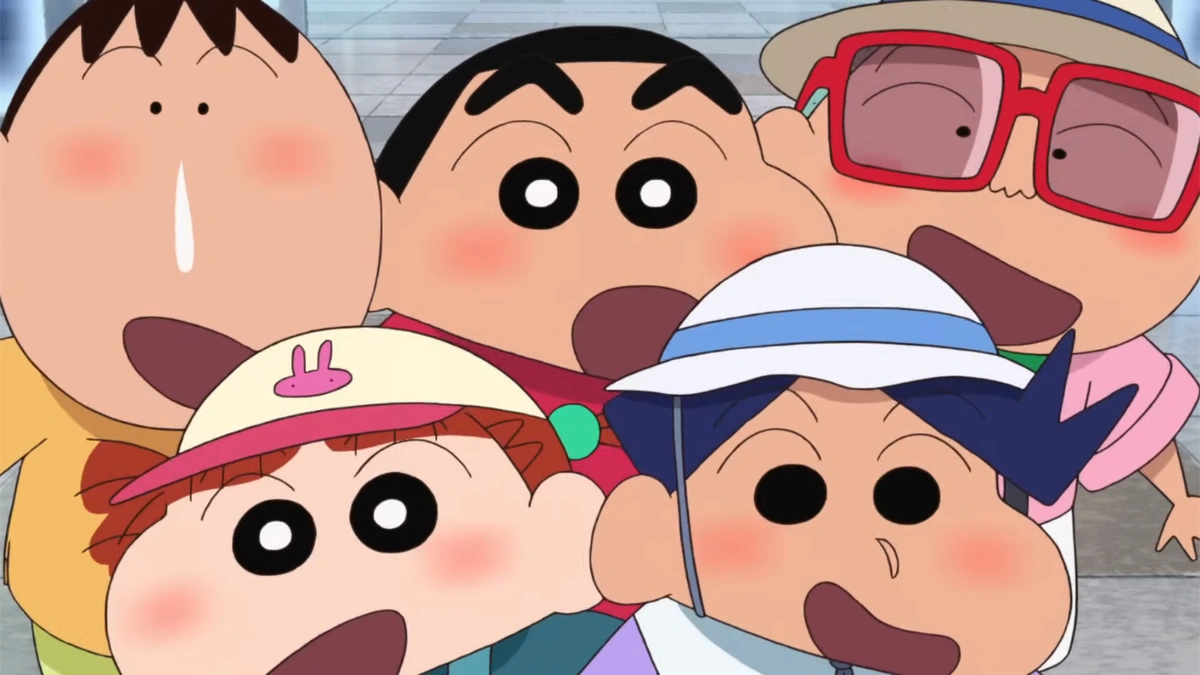 |
The latest film conveys a message about friendship. Photo: TV Asahi |
According to Toyo Keizai, the franchise's fan base in Asia, particularly in Vietnam, China, and India, surpasses that of Japan. The 32nd film also won the Best Animated Foreign Feature award at the ANN Awards, India's largest animation awards ceremony, held in 8/2025.
In Vietnam, the films maintain a steady viewership. According to Box Office Vietnam, "crayon shin-chan movie 32: shin crayon shin-chan the movie: our cosmic adventure" earned approximately 22 billion dong, despite being released alongside the blockbuster "detective conan: the fist of blue sapphire." On film forums, many viewers praised the film for its entertainment value and social satire.
The crayon shin-chan manga first appeared in 1990, created by Usui Yoshito. It revolves around Shin and his daily life with family, friends, and other characters. The series incorporates social issues from Japan's economic bubble period. The subsequent animated series gained popularity in Japan and internationally.





